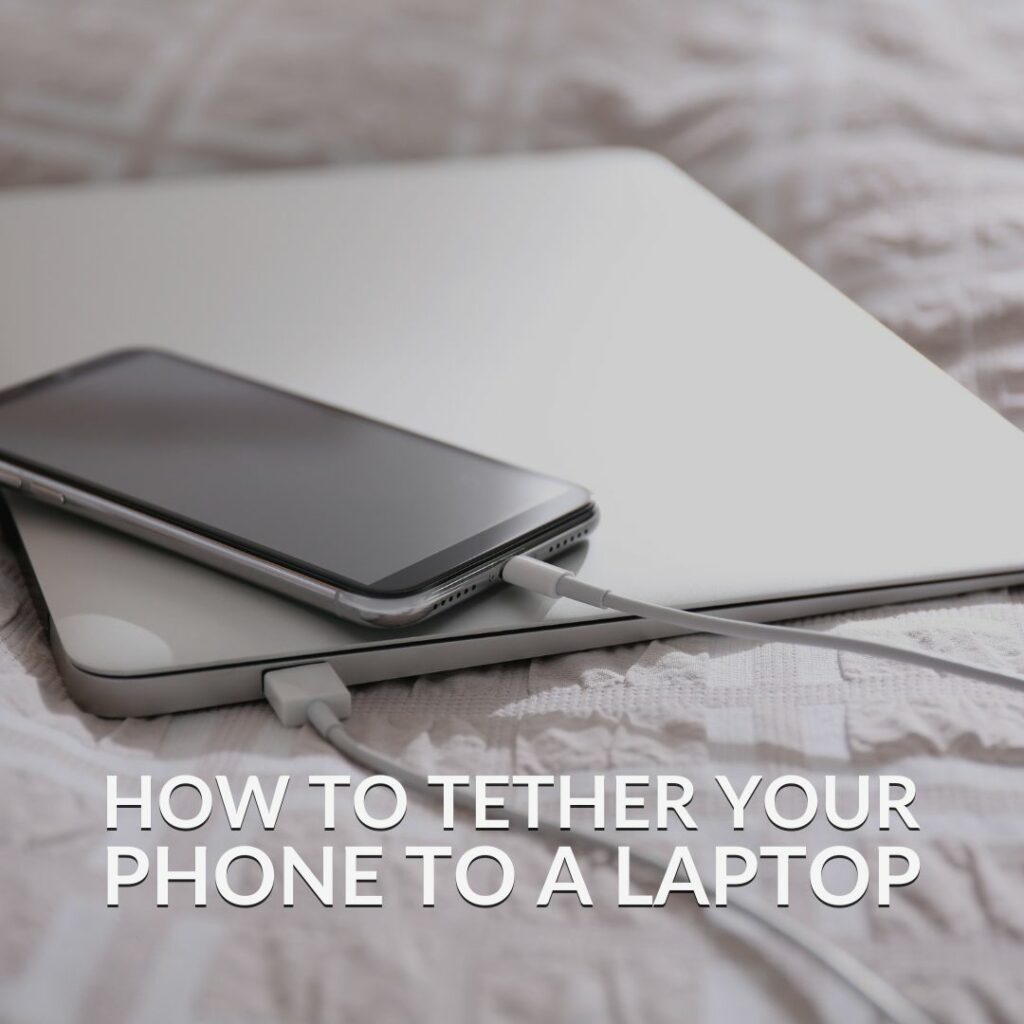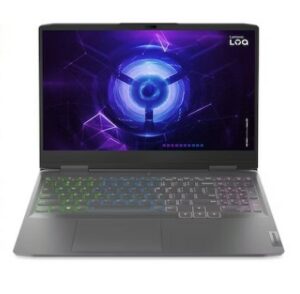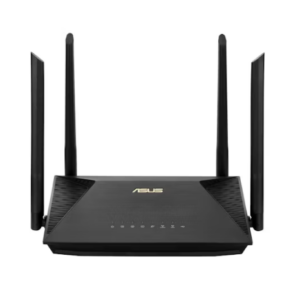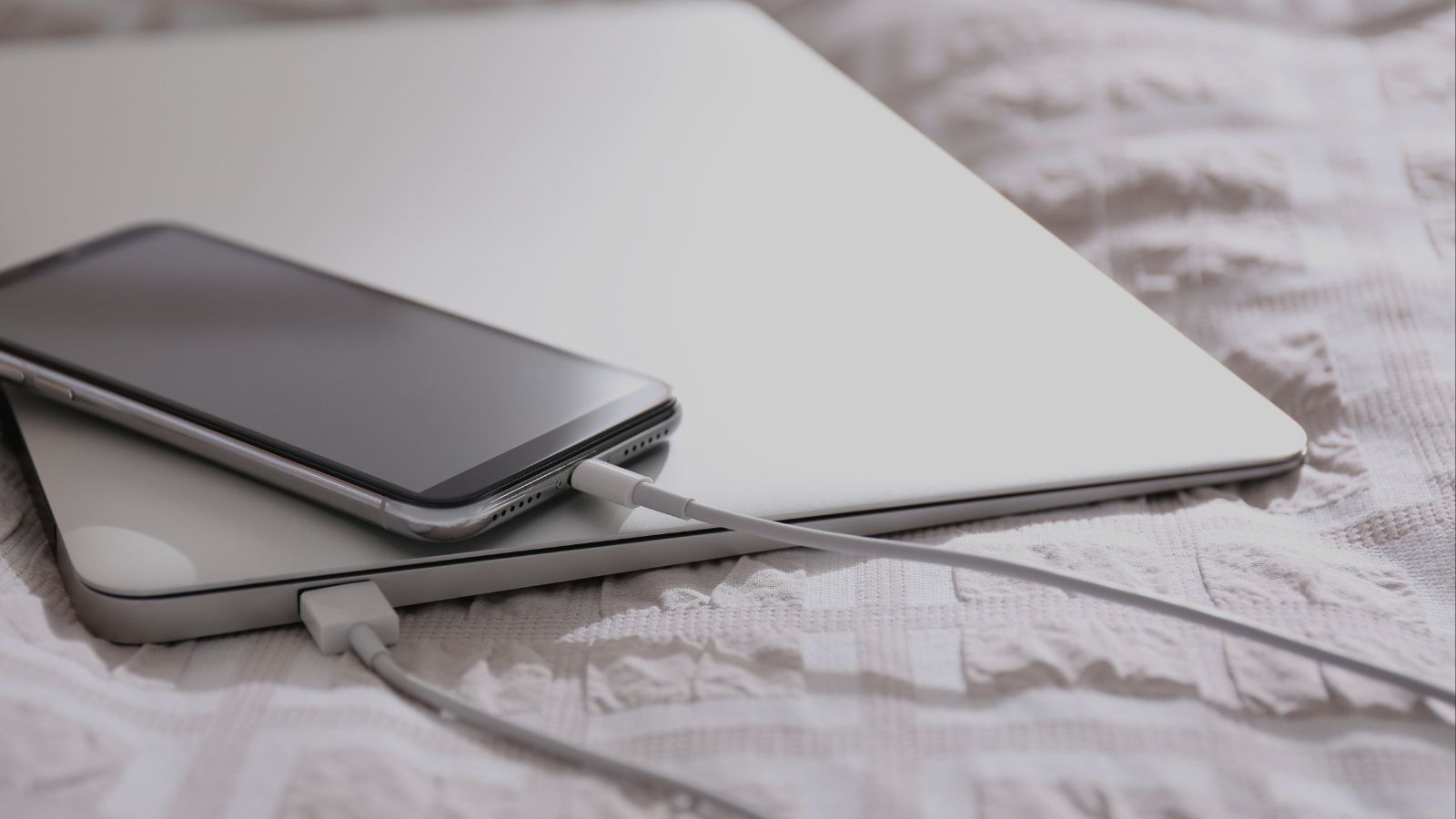Tired of poor Wi-Fi connectivity interrupting your gaming or intense study session? Tethering your phone to your laptop is super easy and a great way to avoid wanting to throw your laptop out of the window. We’ve all been there.
If you don’t know how to tether your phone to a laptop, that’s where our handy guide comes in.

Why Tether Your Phone to Your Laptop?
Tethering your phone to your laptop is an easy and quick way to boost your Wi-Fi connectivity. It’s especially helpful if your performance is being dragged down by an unstable network or input lag. That’s certainly not going to help you take down your in-game enemies.
Advantages and Disadvantages of Tethering:
Advantages:
- Low cost – tethering your phone to your laptop doesn’t result in a hefty bill. The data that your laptop uses will be billed via your phone’s provider and you don’t need to purchase any additional packages to tether.
- Easy to do – it’s incredibly simple and doesn’t require any complex steps to successfully achieve.
Disadvantages:
- Connection speed – the quality of your connection can vary depending on location.
- Battery usage – tethering eats up a lot of your phone’s battery, meaning that you may find yourself needing to recharge it pretty quickly.
- Data Usage – If you don’t have an unlimited package, tethering your phone can quickly use up your data.
How Do I Tether?
You can tether your phone to your laptop by connecting it via a USB cable, Bluetooth, or create a portable Wi-Fi hotspot.
Connect via USB Cable:
To tether via USB, simply connect the cable to your phone and then plug in into a spare USB port on your laptop. Head over into your phone settings > Connection & Sharing (this can alter slightly depending on the brand of your phone) > turn on USB tethering.
That’s it! You may need to wait a few seconds and refresh your browser, but you should now have stable internet connectivity.
Connect via Portable Wi-Fi Hotspot:
The second tethering option is to transform your phone into a mobile Wi-Fi hotspot. The process is virtually the same on both Android and iPhone models.
Simply go into Settings and turn on Personal Hotspot. Once you’ve done this, you’ll need to configure the settings of your hotspot in Hotspot Settings, this includes changing the name of your network so it’s easy for you to spot. To keep your network protected, you can also set up a password to ensure only those you trust can access.
After this, simply go into your laptop’s network settings and select your hotspot from the list of available networks.
Connect via Bluetooth:
In addition to this, many smartphones allow you to tether via Bluetooth.
First up, you’ll need to ensure you have Bluetooth enabled on both your devices and that they are paired. You can do this by selecting your chosen device from your list of available Bluetooth devices.
If you’ve done all this, simply go into Settings > Mobile Network > Personal Hotspot > More > Enable Bluetooth Tethering. You’ll need to enable Internet access on your laptop and select your device from the drop-down list.
Tired of Poor Wi-Fi Connectivity?
Tried absolutely everything to fix your poor Wi-Fi connectivity? Maybe it’s time to start thinking about upgrading your laptop or even your router. We’ve included a few of our favourites below, along with where you need to go to shop our entire range.

Gigabyte G6X Gaming Laptop
- 16.0” FHD+ display
- 165Hz refresh rates
- Intel i7 13650HX CPU and NVIDIA RTX 4060
- 16GB DDR5 RAM
- Windows 11 Home included
Lenovo LOQ Gaming Laptop
- 15.6” FHD display
- Up to 144Hz refresh rates
- Includes an Intel i5 13500H CPU and NVIDIA RTX 4060 GPU
- 16GB DDR5 RAM


ASUS RT-AX53U AX18000 Dual Band WiFi 6 Router
- Wi-Fi 6 gaming router
- Dual-band connectivity
- Up to 1800Mbps
- 4 x Gigabit ports
- Integrated parental controls
Learn More About Your PC Hardware
Share Your Tips for Boosting Your Wi-Fi
Got any other tips for boosting your Wi-Fi connectivity? Share them in the comments below.



